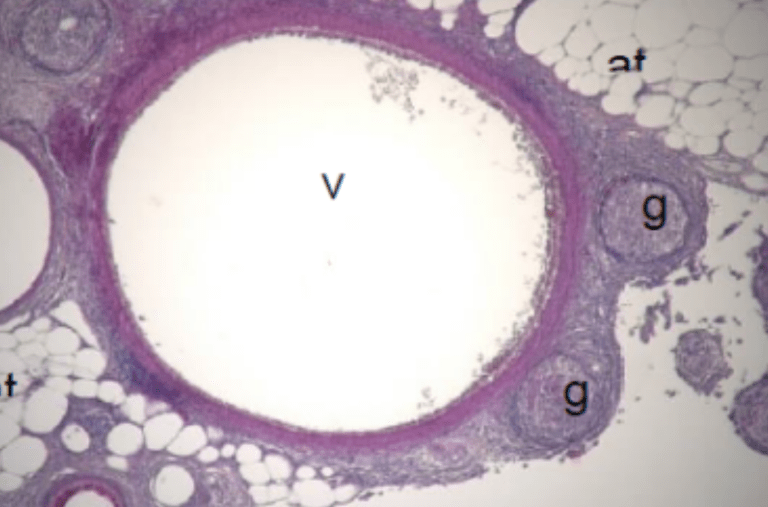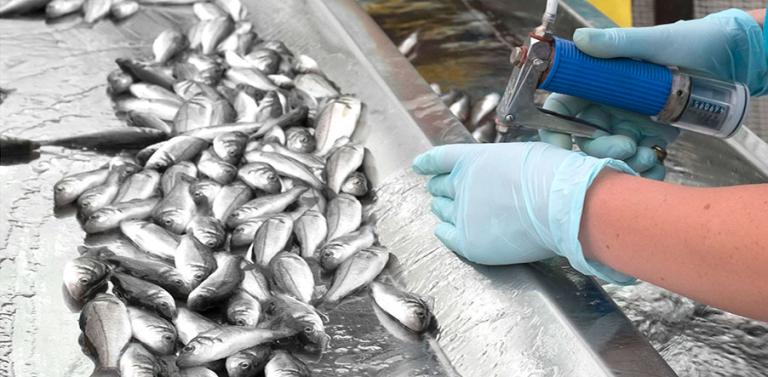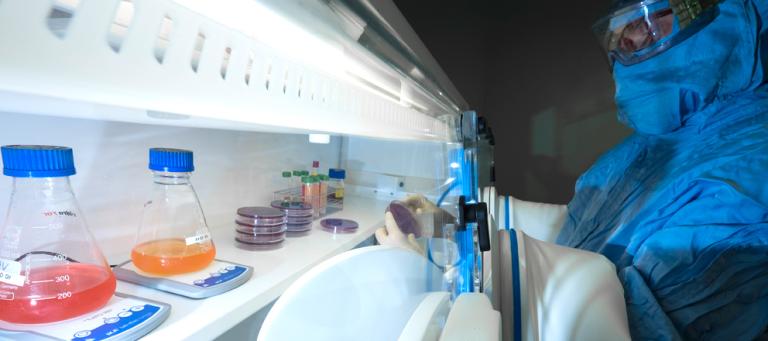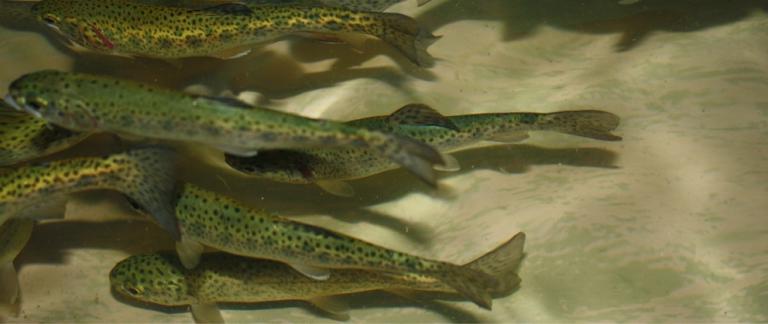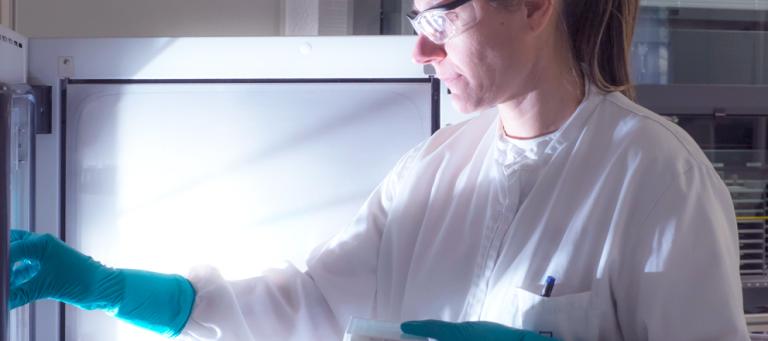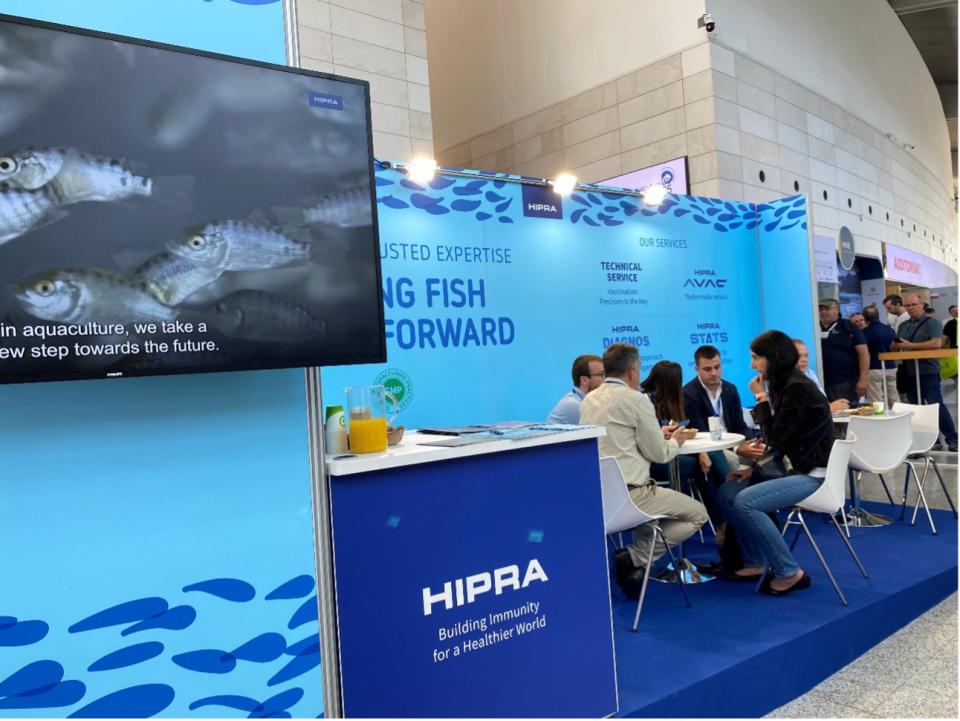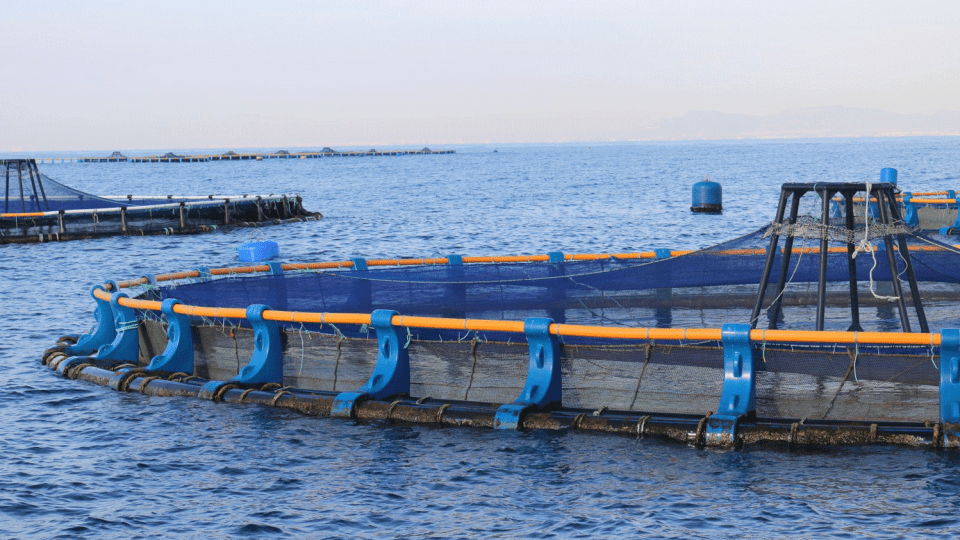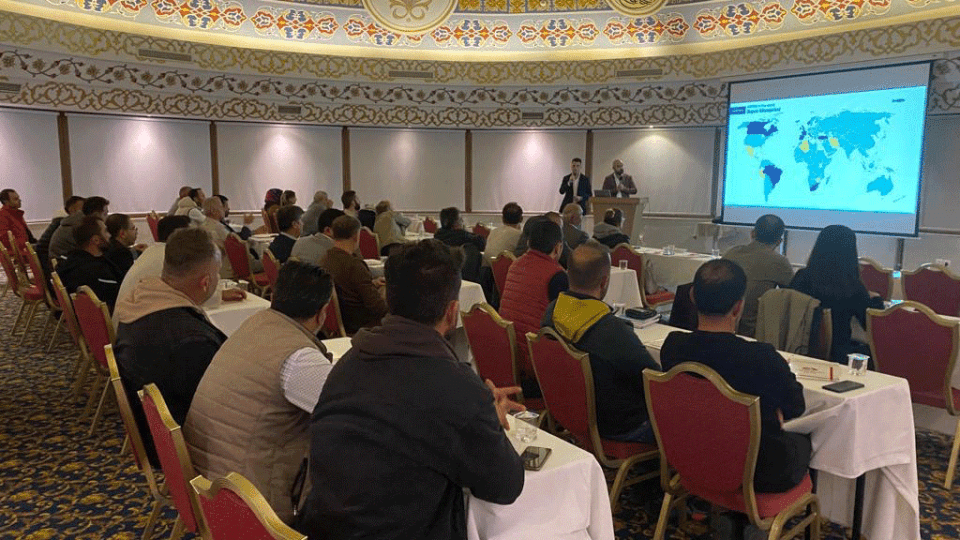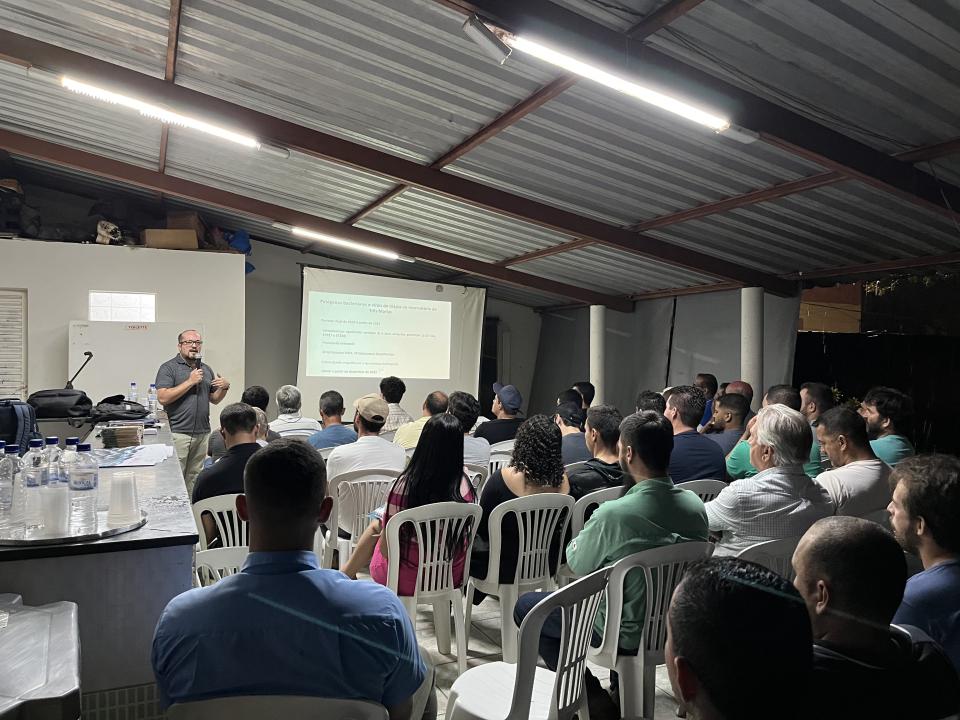The early identification of diseases is crucial for implementing control measures and preventing the spread of pathogens. However, the quality of samples is essential to obtain a robust and representative diagnosis of the health status of a specific farm. Supported by high-quality images of various clinical signs, our fish necropsy manual becomes a crucial tool for addressing these issues, assisting in planning the collection and submission of samples and suggesting rapid field diagnostic techniques.
-
External and Internal Examination
One of the standout benefits of the manual is its ability to help detect problems at an early stage. Properly conducting fish necropsies assists in quickly identifying issues before they spread throughout the population.
-
Rapid Diagnostic Techniques
The manual addresses the need for quick diagnostics. It provides detailed guidelines on how to perform tests and rapid examinations that yield preliminary results in the field.
-
Sampling for Bacteriology and PCR
Bacteriology and PCR are essential tools in diagnosing fish diseases, especially for qualitative and/or quantitative identification of specific pathogens. The manual includes precise instructions on how to collect tissue samples for subsequent bacteriological and molecular analysis using PCR.
-
Sample Shipment to the Laboratory
Properly packaging and labeling samples for laboratory submission is crucial to ensure reliable results. The manual provides clear guidelines on how to securely package and label samples and how to adequately document all necessary information for analysis. This reduces the possibility of errors in the laboratory and expedites the diagnostic process.
-
Fish Shipment to the Laboratory (Alive and Dead)
In situations requiring a more comprehensive diagnosis or when assessing the health of a group of fish, the manual also covers how to send fish to the laboratory. It provides guidance on keeping fish alive during transportation and how to handle dead fish properly to preserve their integrity until they arrive at the laboratory. This ensures that fish arrive in optimal conditions for examination and analysis.
In summary, the icthiopathology manual is an important tool for aquaculture. It not only facilitates disease identification and prevention but also teaches rapid diagnostic techniques, sampling for bacteriology and PCR, as well as proper sample and fish shipment to the laboratory. By following these guidelines, we can make informed and effective decisions to ensure the health of fish populations, which has a positive impact on the productivity and sustainability of the aquaculture industry.
Get the Necropsy Manual in the link below. Available in English, Greek, and Turkish.
